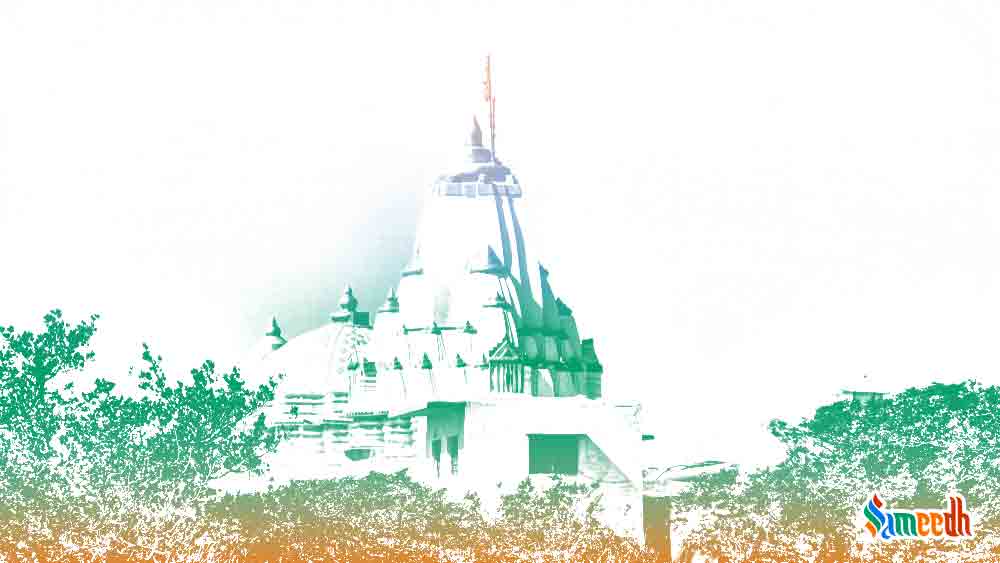This blogpost describes the beauty and importance of the town of Ambaji.

LOCATION
Ambaji: Nestled in the Aravallis
The pristine location of the town of Ambaji is crafted with the beautiful hills of the Aravallis range. It is situated in the Banaskantha District of the state of Gujarat. It has the whole Aravalli Range running close by and decorating its border with Rajasthan state. The town of Ambaji is filled with important temples and pilgrim spots which attract several tourists and devotees every year.
The town has several attractions like beautiful hills and temples which are surrounded by natural beauty and it lies at the border of two states which make it an attraction for every tourist who passes the two states.
MYTHOLOGY
A Story of Shiva and Sati
The story behind Ambaji temple goes long back to the pre-Vedic age. It said that the pious nature of the temples and the town of Ambaji comes from the incident when Lord Shiva carried the corpse of Goddess Sati and different body parts fell at different places and those places ended up gaining a lot of religious importance and power.
SIGNIFICANCE
Ambaji: A Shakti Peeth
Ambaji is known as one of the 51 Shakti Peeth in India. The reason behind Ambaji being known as Shakti Peeth is that that Ambaji is the place where one of Goddess Sati’s body parts fell. Therefore, Ambaji became a town of worship of Goddess Shakti as Mataji Ambaji.
The town of Ambaji gained prominence since it is one of the few places where the parts fell. It gives the place eminent importance and places it on the map of places of pilgrimage with extraordinary power.
ARCHITECTURE
Made of Marble
The architecture of Ambaji Temple was designed under the reign of King Arun Sen during the 4th century. To reach the temple, one has to climb around 300 steps made of stone. The temple was built by the use of marble which was mined from the Arasur Hill.
PLACE DURING DIFFERENT TIME PERIODS
A Pre-Vedic Place of Pilgrimage
The town of Ambaji and the Ambaji temple has existed since the pre-Vedic age. For many centuries now, the temple and town have been the hub of celebration of the 9-day festival of Navratri. During those 9-days, people celebrate their devotion and the goddess by performing the dance of Garba in circles.
ARCHAEOLOGY
Nestled in the midst of temples
One of the most beautiful features of the town of Ambaji is that it is surrounded and filled with different and important temples which are important to the devotees and tourists alike. Apart from the Ambaji temple, the town also has Kamakshi Temple, Koteshwar Temple, Kumbhariya Temple and Man Sarovar. These places are spots of eminent religious spots and have a beautiful story behind their existence. One of the most popular and important features of Ambaji town and Ambaji temple is the Gabbar Hill.
The top of the hill also has a temple where a lamp burns continuously. To reach this temple, the devotees have to climb around 999 steps.
Ambaji: A Place of Worship and Natural Beauty
With the beautiful Aravalli Hills adorning the town at the borders and beautiful sunset spot at Kailash Hill, the town of Ambaji is decorated with pious temples and naturally beautiful spots which makes it a popular spot for everyone.
To read more about such beautiful places, keep reading the blog posts on Sameedh.
